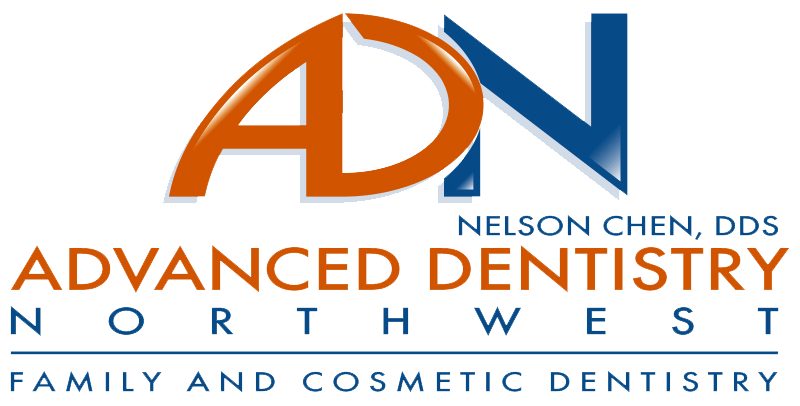Air Abrasion
Air Abrasion
Air abrasion is making a splash in the world of dentistry, offering dentists and patients a way to eliminate plaque build-up and decaying areas of the teeth without the intimidation of loud, bulky dental equipment. No longer only reserved for cosmetic facials, abrasion is proving quite beneficial for dental purposes, helping to eliminate more tooth decay in a single sitting, rather than spread out treatments over multiple sessions.
Left untreated or merely covered up with a filling, tooth decay spreads to other areas of the teeth below the surface. That is why prior to filling in decayed areas of the teeth, dentists have traditionally used drills to remove the decayed tissues of the teeth before filling in cavities and sealing the teeth to prevent further deterioration. However, with dental air abrasion, drilling is unnecessary, which means more of the original tooth tissues remain intact, and patients may experience less anxiety overall.
Air abrasion is highly versatile and adaptable for multiple purposes. For example, in addition to removing decaying areas of the teeth, the fine stream of particle-infused air is also useful for removing stains from the surface areas of the teeth, as well as preparing, or “sanding,” the surface of the tooth prior to placing a sealant or bond. Air abrasion can even help remove old or cracked composite fillings that need to be replaced.
Left untreated or merely covered up with a filling, tooth decay spreads to other areas of the teeth below the surface. That is why prior to filling in decayed areas of the teeth, dentists have traditionally used drills to remove the decayed tissues of the teeth before filling in cavities and sealing the teeth to prevent further deterioration. However, with dental air abrasion, drilling is unnecessary, which means more of the original tooth tissues remain intact, and patients may experience less anxiety overall.
Air abrasion is highly versatile and adaptable for multiple purposes. For example, in addition to removing decaying areas of the teeth, the fine stream of particle-infused air is also useful for removing stains from the surface areas of the teeth, as well as preparing, or “sanding,” the surface of the tooth prior to placing a sealant or bond. Air abrasion can even help remove old or cracked composite fillings that need to be replaced.
How Dental Air Abrasion Works
Prior to performing an air abrasion procedure, the dentist will place a protective rubber dam around the areas of the mouth and teeth that are not going to be treated in order to protect them from the particle stream. Similarly, patients are asked to put on protective eyewear to prevent irritation from any particles that may escape from the particle stream and into the air, where they could otherwise agitate the eyes.
Air abrasion consists of a very fine air stream filled with aluminum oxide, baking soda and silica ground into very small particles. The particles are combined with the stream of compressed gas or air, which the dentist then aims directly at the decaying portions of the tooth. Because the particle stream is so minute, even the tiniest areas of the teeth can be targeted, leaving more of the healthy tooth tissues behind.
When compared to a dental drill, air abrasion is much less intimidating, as it has no sound, heat, water stream or vibration. Furthermore, the air stream is not uncomfortable when used on the surface of the tooth, meaning there is no need for anesthesia or numbing injections All of these points make air abrasion a compelling choice for children and adults who may be afraid of dental work, although all patients can benefit from the technique.
Air abrasion consists of a very fine air stream filled with aluminum oxide, baking soda and silica ground into very small particles. The particles are combined with the stream of compressed gas or air, which the dentist then aims directly at the decaying portions of the tooth. Because the particle stream is so minute, even the tiniest areas of the teeth can be targeted, leaving more of the healthy tooth tissues behind.
When compared to a dental drill, air abrasion is much less intimidating, as it has no sound, heat, water stream or vibration. Furthermore, the air stream is not uncomfortable when used on the surface of the tooth, meaning there is no need for anesthesia or numbing injections All of these points make air abrasion a compelling choice for children and adults who may be afraid of dental work, although all patients can benefit from the technique.
Who is a Good Candidate for Air Abrasion?
Anyone with tooth decay or the beginning stages of tooth decay may be a good candidate for dental air abrasion. Although not effective for treating deep cavities or heavily decayed teeth, surface-area cavities respond well to air abrasion. The process typically takes less time overall than traditional preparation techniques, and it often releases patients to complete corrective procedures without the use of anesthesia or other sedatives.
Copyright © 2022 Advanced Dentistry Northwest. All Rights Reserved


